When I was growing up, in Central California, we had a bad case of Black Algae. It was my job to dive in the pool, first with a putty knife and later using a chlorine tablet, and while holding my breath, scrape off as many black algae “heads” as possible.
Part of the problem was that we never closed our pool, it stayed open year ’round, as all pools do in this area. But we stopped using it in the fall, and ran the filter only 4 hours / day, with small amounts of Chlorine.
Our pool guy, Bob, of “Bob’s Pool Service”, tried everything. We had the pool drained and acid washed, pressure washed, chlorine washed, all of which removed the visible algae – at least for a time. But always, the black algae would return once again. I remember Bob saying one time, “Black Algae – it’s like Herpes, once you get it, you’ve got it forever”. Not necessarily true, as you will find if you read on.

Identifying Black Algae in a swimming pool:
1. Black or Blue-Green spots with raised heads, not Free-Floating.
2. Harbors in rough areas of the pool plaster.
3. Does not Brush off the wall easily.
4. Found in pools even with proper filtration and sanitation.
5. Don’t confuse with mineral stains, some cause black stains that won’t scrape off.
Where does Black Algae come from?
Black algae is very similar to dark spots found in the shower or in the caulking around the tub. It can arrive in your pool from a swimming suit that was used in the ocean, or it can blow in on a breeze, in the form of air-borne spores.
How to Remove Black Algae from a Swimming Pool
1. Balance the pool water – pH, Calcium Hardness and Total Alkalinity levels. Proper water balance is important in fighting all strains of pool algae, which prefers high pH and Alkalinity, and low Calcium levels.
2. Scrape off the heads of the black algae using pumice stone, trichlor tablet or putty knife. (note – only use these techniques on a plaster pool, these tips will damage other pool finishes). We have a chlorine tablet holder that attaches to a pole for scraping black algae heads. Using a quality steel bristled pool brush, go over all areas again, with vigorous brushing. Vacuum the pool very thoroughly. If you can vacuum to waste, this is preferred, to keep the black algae spores out of the filter.

3. Immediately after brushing and vacuuming, use a kill dosage of Silver or Copper Algaecide. For me, copper is my first choice, however not the most readily available. Another choice can be a Quaternary Ammonium compound, commonly called a “Quat”. This is usually labeled as either Algaecide 10 or Algaecide 50. Use the 50, it’s 5x as strong. Add an extra strong dosage, which will likely cause the pool a small amount of foaming. The foam will be broken down in the following days by a shock treatment.
4. While allowing the algaecide to work for 2-3 days, it’s time to dig into the pool filter. If you have had a bad case of black algae, it is likely hiding inside your pool filter. For DE pool filters, remove the grid assembly and hose thoroughly. Hose the inside of the filter tank also. Soak the grid assembly in a 5-1 solution of water – bleach, in a large (clean) trash or tub. Allow the grids to soak for 5 minutes, then hose again to rinse. Then dunk the assembly in the pool for further rinsing. If you have a sand filter or a cartridge filter, the best advise is to change the filter media. Replace the sand or the pleated filter cartridge with new. In cases of heavy black algae, also chlorine soak the pool cleaner bag, hose floats, skimmer baskets, pump basket. Inspect and clean behind the pool light and under ladder treads. Look in the tile line and in the corners of steps.

5. Shock the pool heavily with granular chlorine (Calcium Hypochlorite). Triple the normal dose, which usually means add 3lbs per 10,000 gallons of pool water. If in doubt, add more shock, especially in the areas where the bloom occurs. Sprinkle the shock directly over the area, or onto your pool brush that is positioned on the wall below the algae bloom. Scrub it in to the wall, and really dig your stainless steel bristled brush into any nooks and crannies to work on the roots of the algae.
In our little pool in California, we never did get rid of our Black Algae problem completely – until we employed the last ditch effort, replastering the pool. Buried it alive. Not sure if it ever returned, I moved on to college soon after and my parents moved to a smaller place (without a pool). I hope you never have to get to this stage. Black algae can be controlled but it takes vigilance, and a little humor won’t hurt!



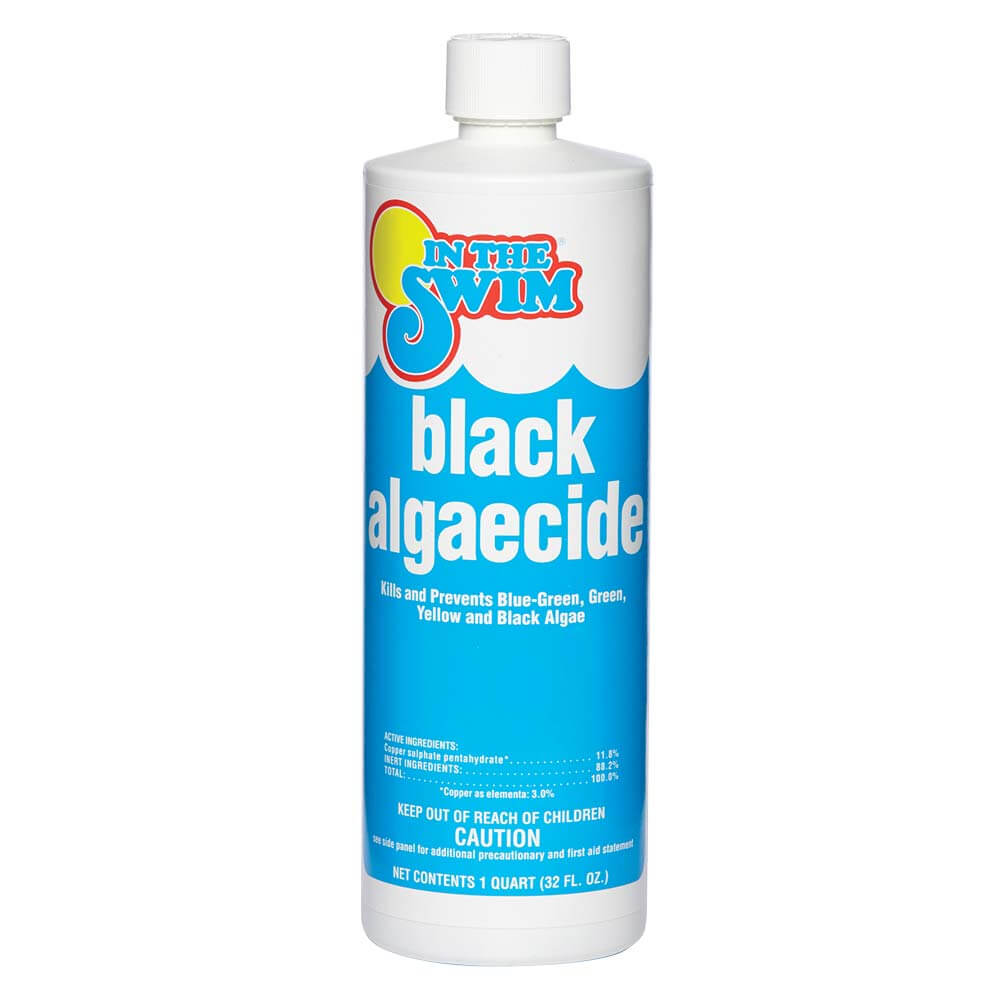
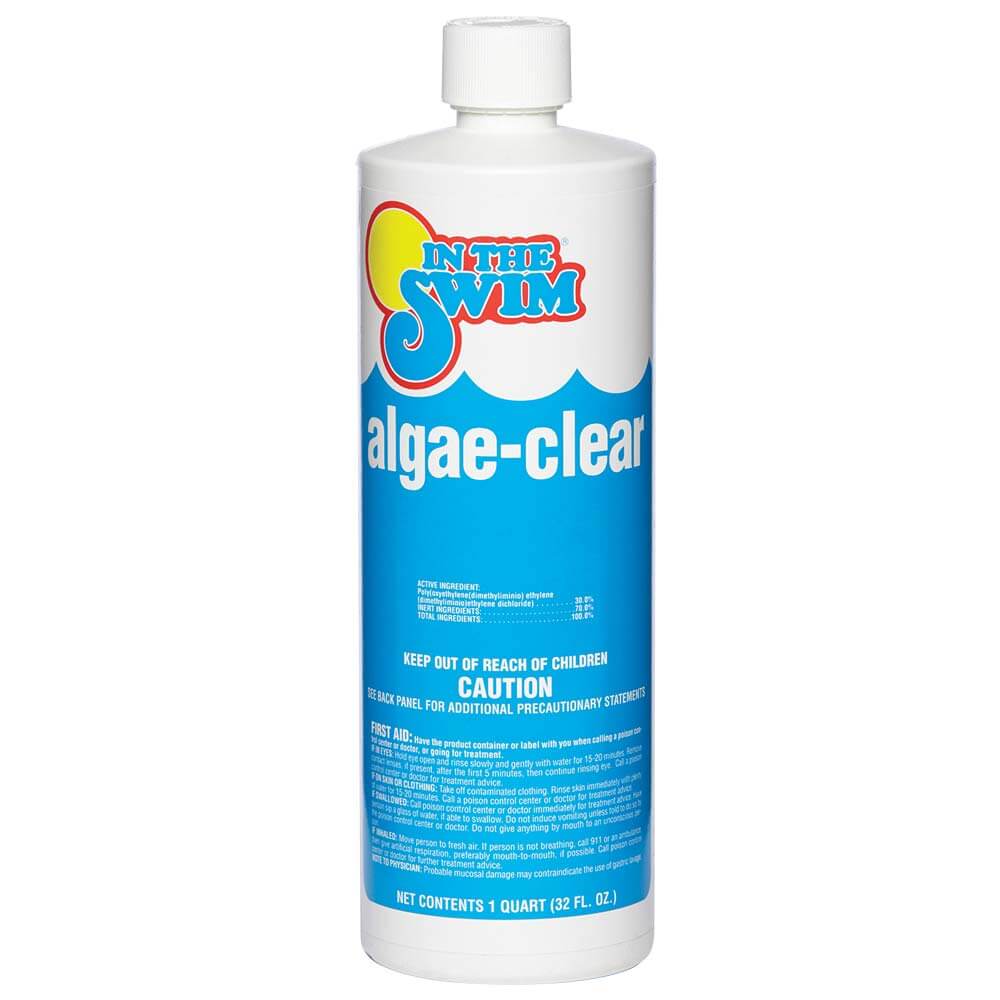
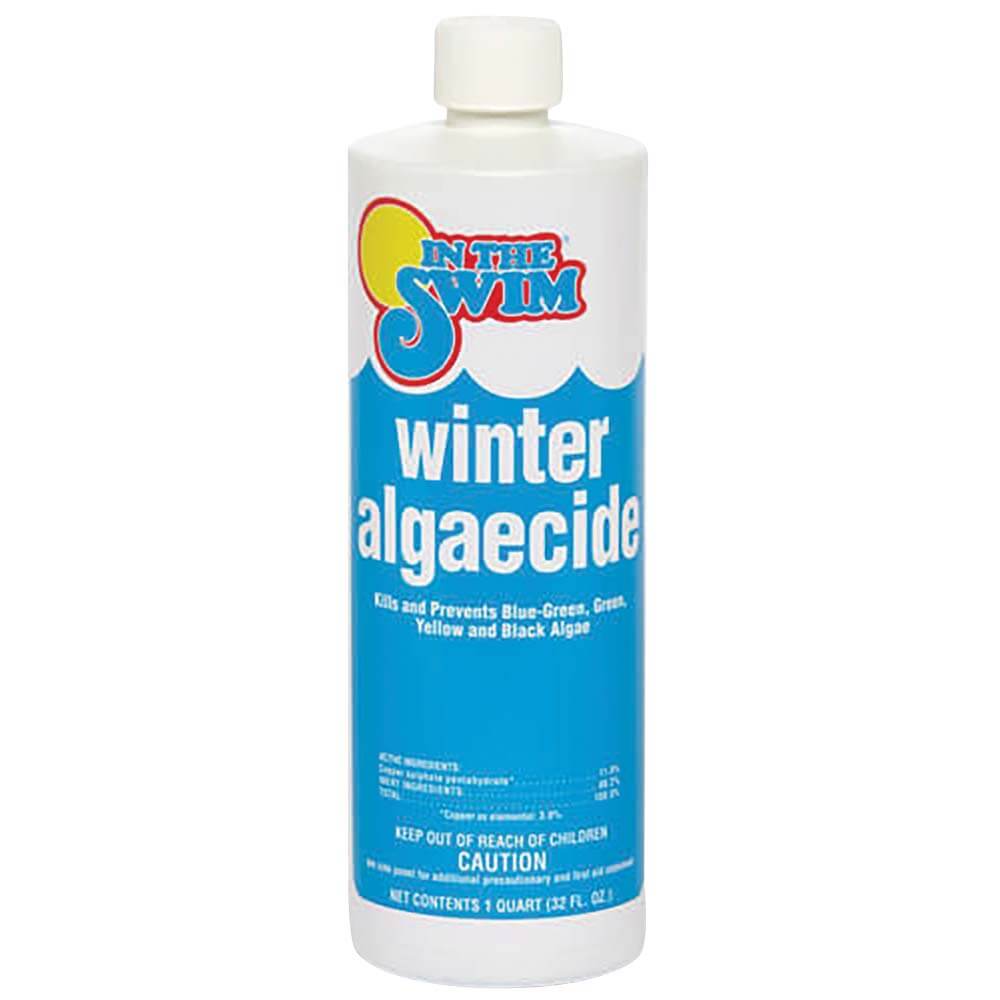
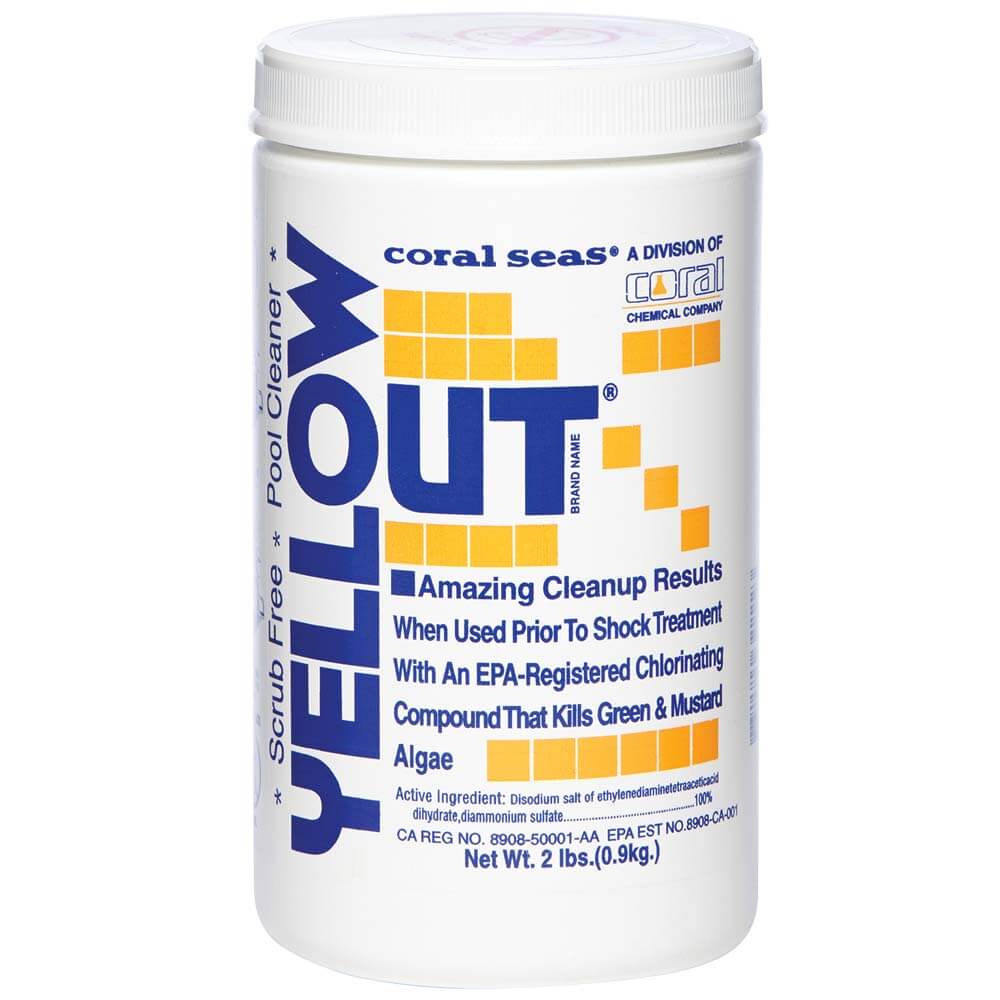
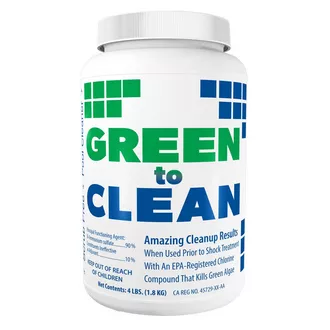
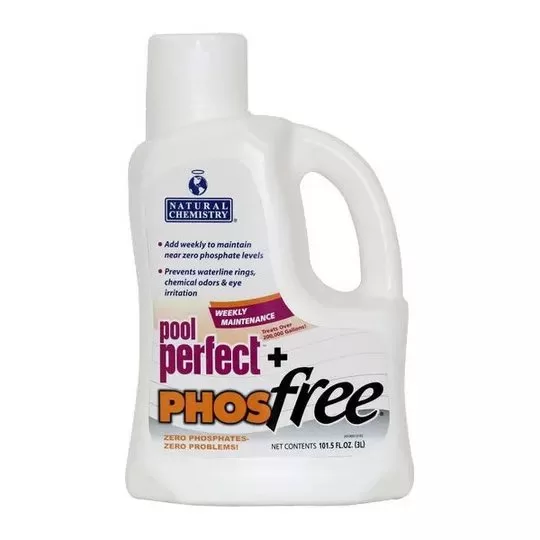

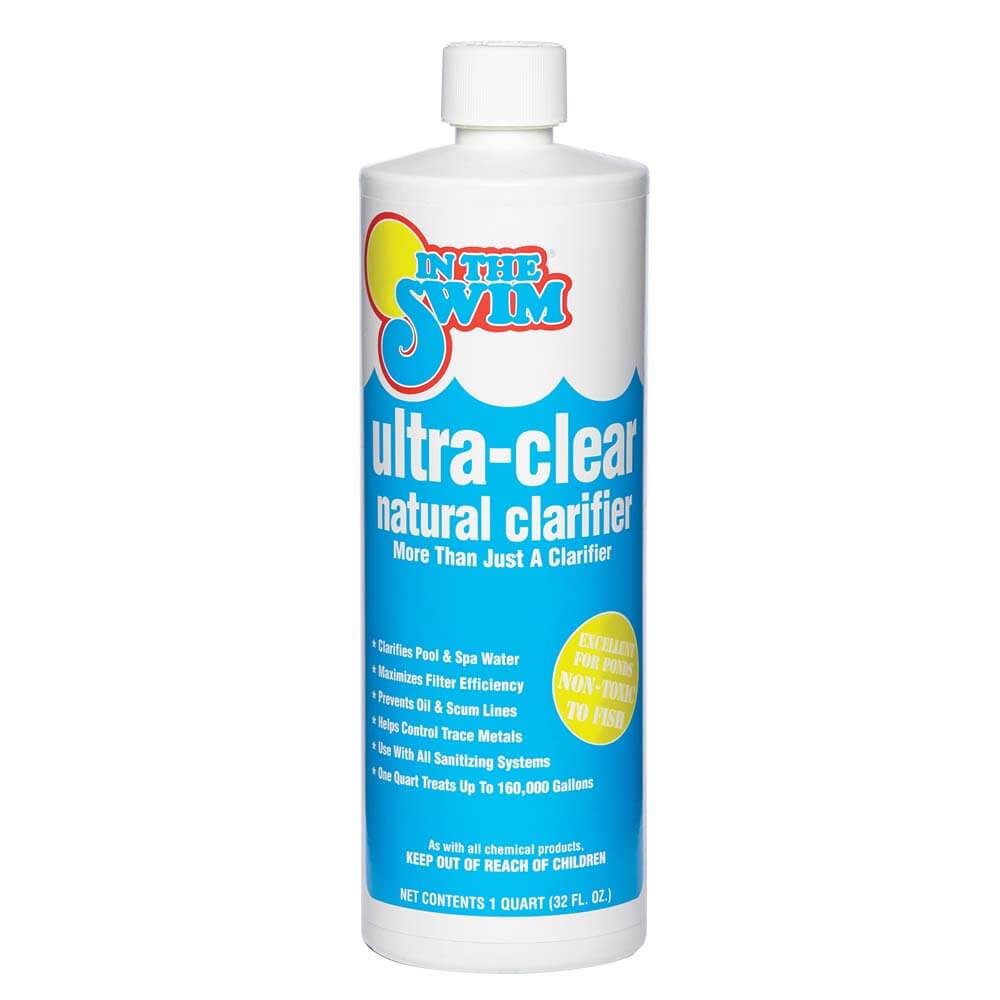
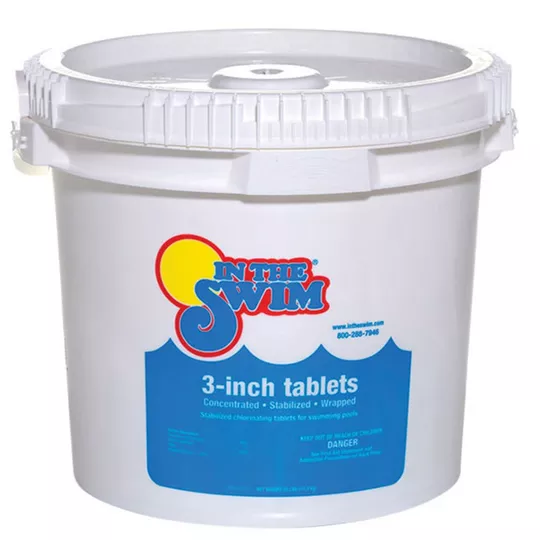
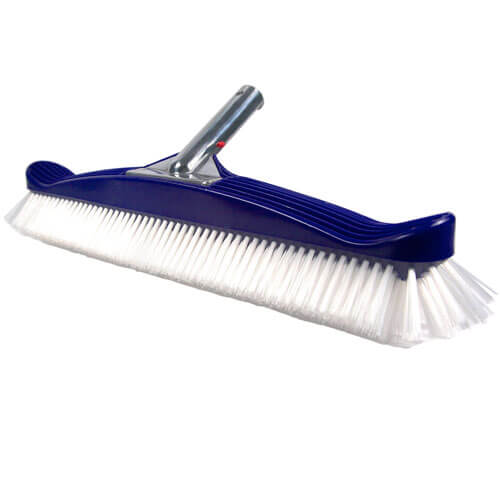
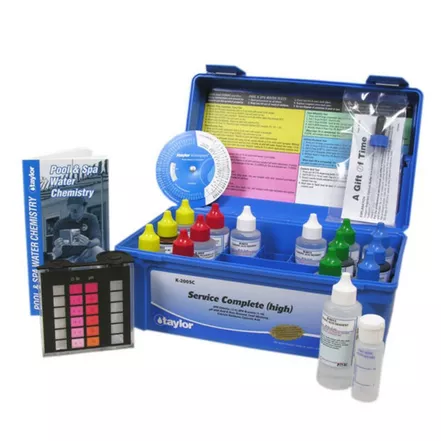
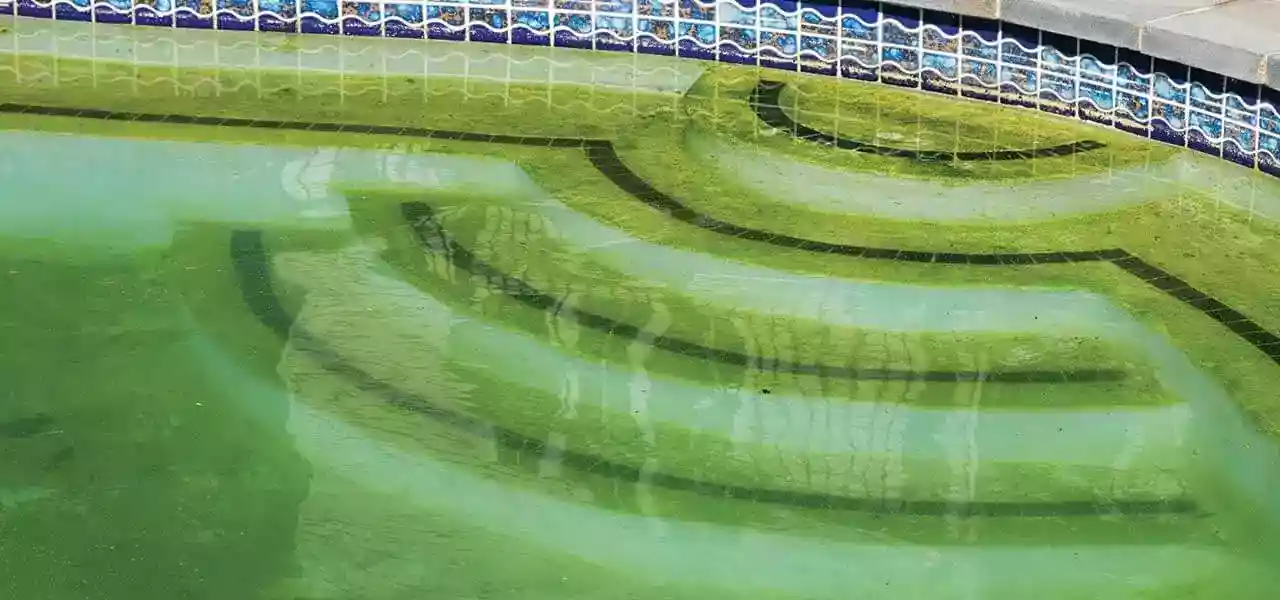
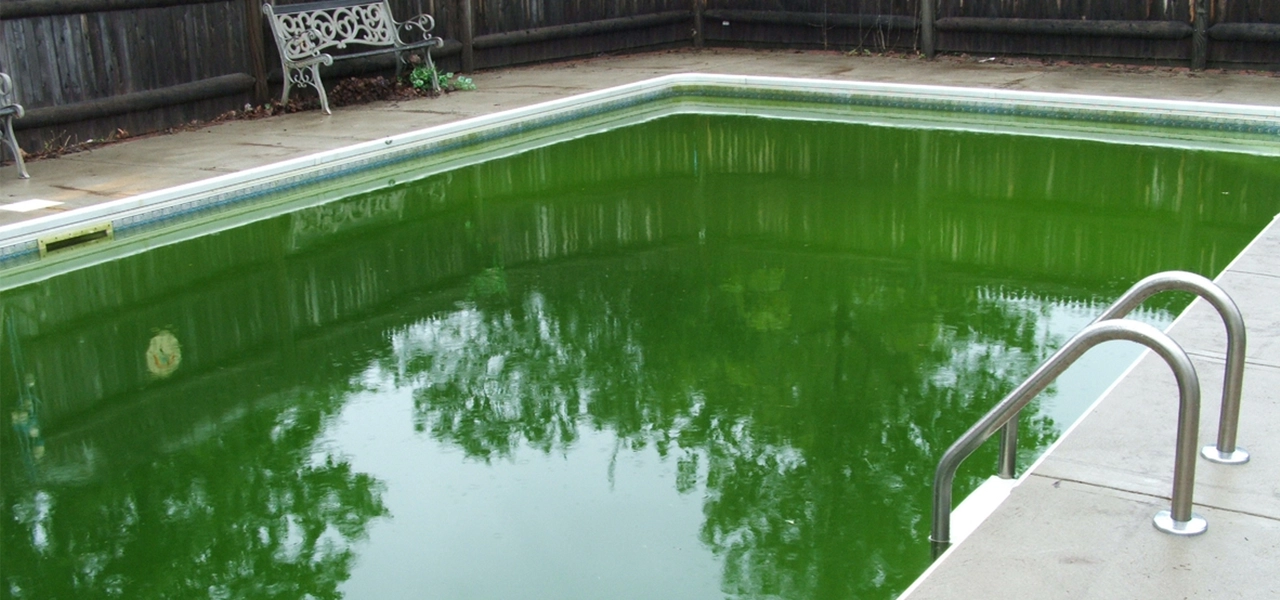

Will PHOSfree rid a pool of black algae?
Hi Christine, no it won’t, but it can help to remove one of algae’s preferred foods (phosphates). Black Algae is the hardest type of algae to eradicate. There is no chemical that you can add that will remove it, Black Algae requires a multi-layered approach to control it, but eradication is more difficult.
We had big problems with green algae and had to have the pool drained and cleaned by a pool professional, we filled it up and a month or two later we started to see black algae, started small and is now spreading. My husband has scrubbed it many times and it’s like a loosing battle. I am about ready to fill it up with dirt. It has taken over our lives. Can you suggest what to do about our problem. Tired of fighting with a pool.
Hi Kathie, Give the post another read, it describes how to treat black algae. I did not withhold any tips that I can share here. As mentioned in the post, if the treatment methods don’t work, you can replaster the pool, and in either case, replace the filter media. If you visit the ocean or lake, do not use the same swimsuits in the pool, that can be one way it is introduced to a pool.
Hi Rob,
Thank you for the excellent posting on black algae. Recently, I have noticed black spots in many areas in my pool (Plaster, underground pool). I have posted 7 photos on google photos: Is this possibly Black Algae? Thank you for your time and guidance. Ron
Ron, looks like it to me! And looks like it’s really got a hold on there, deep into the plaster. You can use some granular trichlor if you can find it, or smash up a tablet into a powder and treat with it every 5-7 days. When you can, drain and acid wash, rinse fully then chlorine wash, and then replace the filter media. That may buy you a season or two without much trouble.